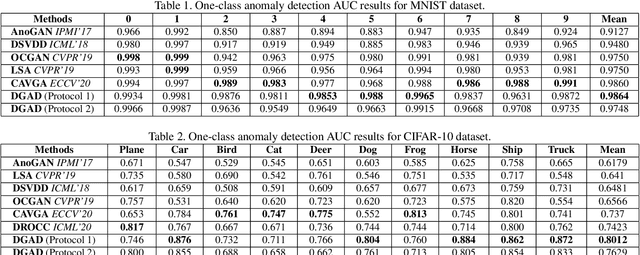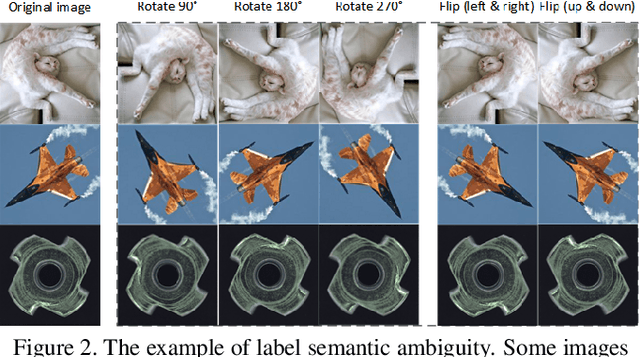Xuan Xia
CodeACT: Code Adaptive Compute-efficient Tuning Framework for Code LLMs
Aug 05, 2024



Abstract:Large language models (LLMs) have shown great potential in code-related tasks, yet open-source models lag behind their closed-source counterparts. To bridge this performance gap, existing methods generate vast amounts of synthetic data for fine-tuning, leading to inefficiencies in training. Motivated by the need for more effective and efficient training, we propose the Code Adaptive Compute-efficient Tuning (CodeACT) framework. CodeACT introduces the Complexity and Diversity Aware Sampling (CDAS) method to select high-quality training data based on complexity and diversity, and the Dynamic Pack padding strategy to reduce computational resource usage by minimizing padding tokens during training. Experimental results demonstrate that CodeACT-DeepSeek-Coder-6.7B, fine-tuned on only 40% of the EVOL-Instruct data, achieves an 8.6% performance increase on HumanEval, reduces training time by 78%, and decreases peak GPU memory usage by 27%. These findings underscore CodeACT's ability to enhance the performance and efficiency of open-source models. By optimizing both the data selection and training processes, CodeACT offers a comprehensive approach to improving the capabilities of open-source LLMs while significantly reducing computational requirements, addressing the dual challenges of data quality and training efficiency, and paving the way for more resource-efficient and performant models.
FractalAD: A simple industrial anomaly segmentation method using fractal anomaly generation and backbone knowledge distillation
Jan 30, 2023



Abstract:Although industrial anomaly detection (AD) technology has made significant progress in recent years, generating realistic anomalies and learning priors knowledge of normal remain challenging tasks. In this study, we propose an end-to-end industrial anomaly segmentation method called FractalAD. Training samples are obtained by synthesizing fractal images and patches from normal samples. This fractal anomaly generation method is designed to sample the full morphology of anomalies. Moreover, we designed a backbone knowledge distillation structure to extract prior knowledge contained in normal samples. The differences between a teacher and a student model are converted into anomaly attention using a cosine similarity attention module. The proposed method enables an end-to-end semantic segmentation network to be used for anomaly detection without adding any trainable parameters to the backbone and segmentation head. The results of ablation studies confirmed the effectiveness of fractal anomaly generation and backbone knowledge distillation. The results of performance experiments showed that FractalAD achieved competitive results on the MVTec AD dataset compared with other state-of-the-art anomaly detection methods.
Discriminative-Generative Representation Learning for One-Class Anomaly Detection
Jul 27, 2021



Abstract:As a kind of generative self-supervised learning methods, generative adversarial nets have been widely studied in the field of anomaly detection. However, the representation learning ability of the generator is limited since it pays too much attention to pixel-level details, and generator is difficult to learn abstract semantic representations from label prediction pretext tasks as effective as discriminator. In order to improve the representation learning ability of generator, we propose a self-supervised learning framework combining generative methods and discriminative methods. The generator no longer learns representation by reconstruction error, but the guidance of discriminator, and could benefit from pretext tasks designed for discriminative methods. Our discriminative-generative representation learning method has performance close to discriminative methods and has a great advantage in speed. Our method used in one-class anomaly detection task significantly outperforms several state-of-the-arts on multiple benchmark data sets, increases the performance of the top-performing GAN-based baseline by 6% on CIFAR-10 and 2% on MVTAD.
 Add to Chrome
Add to Chrome Add to Firefox
Add to Firefox Add to Edge
Add to Edge